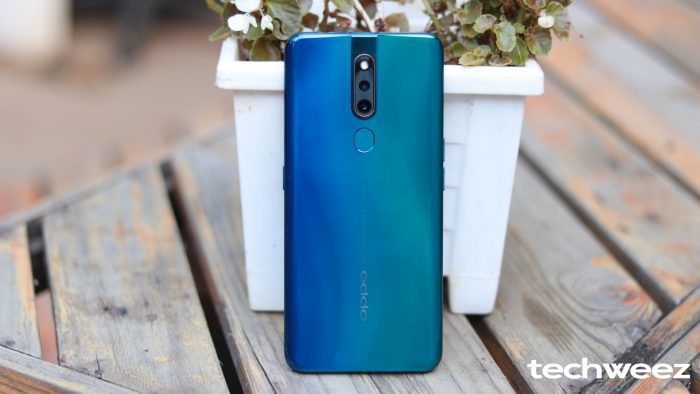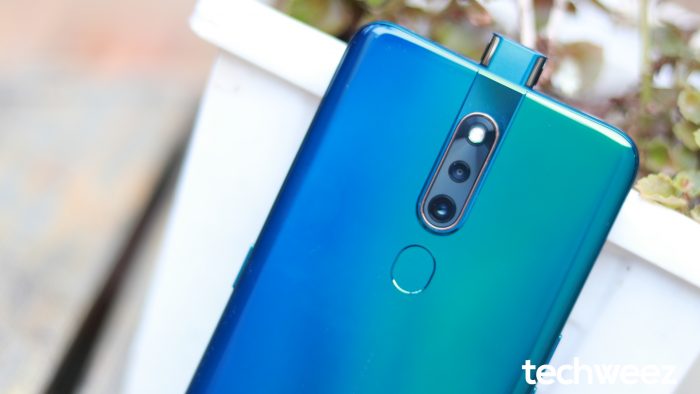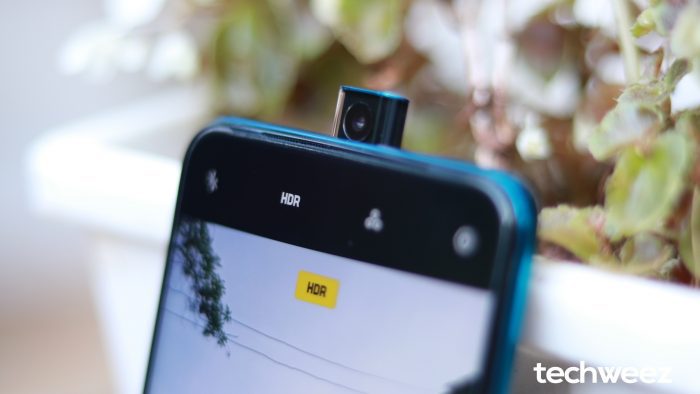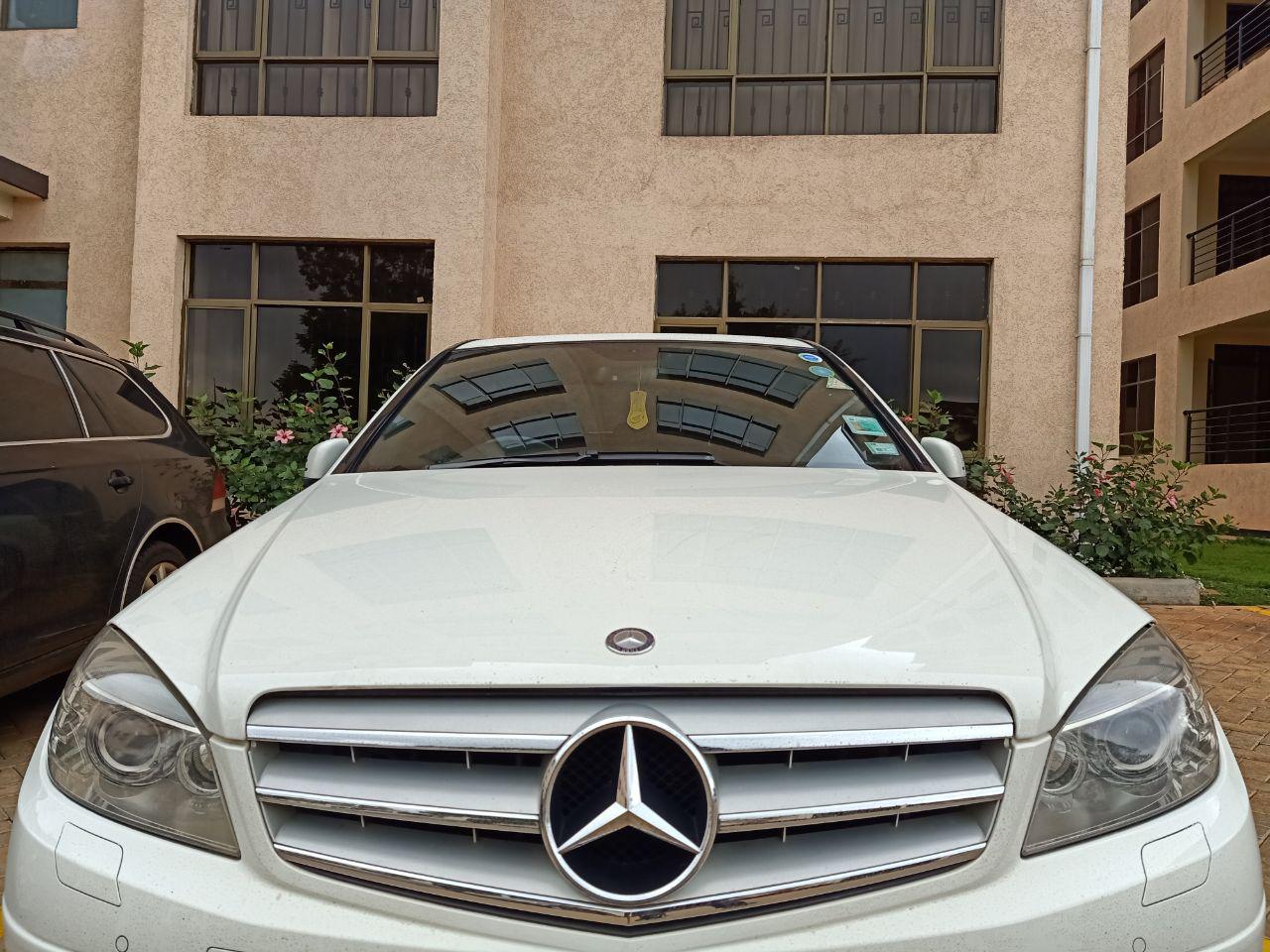
Specifically, there a dual system on the rear: a 48 MP sensor and a 5 MP sensor for depth information. The front is equipped with a motorized popup system that includes a 16 MP sensor. In short, all cameras do a fantastic job churning out pleasing images that are rich in detail.
Primary

By default, the rear cameras use a technique known as pixel binning to snap colourful and sharp images with a 12 MP resolution from the 48 MP sensor. What’s more, the camera settings can be adjusted to support 48 MP photos, but they are not drastically different from the default 12 MP images. In some cases, we noticed that the device struggled processing the large images, but it is a good thing that the option is available for folks who need such snaps for later adjustments and edits on their PCs.
Generally speaking, the F11 Pro does a fantastic job in terms of camera performance. In fact, it produces images with improved dynamic range over the similarly priced Nokia 8.1 (we will extensively compare the devices in an upcoming post).
It is worth noting that zooming in the F11 Pro’s camera app is digital, meaning it is not blowing up and image as your professional camera would, nor does it come close to say the Huawei P30 Pro’s ten times optical zoom – although the latter costs more than double the F11 Pro’s asking price. Nevertheless, people who may need to use the feature should skip on it because it switches images to 48 MP samples. The snapped pictures are actually up-scaled 12 MP shots thanks to the limitations of the P70 processor.
Lastly, the scene identification mode powered by AI is in tow, and saves some time for people who may want to adjust camera settings to capture better images based on the surroundings.
Here are some of the images we captured:
16 MP motorized selfie shooter

Besides the rear cameras, the motorized selfie snapper can capture portrait mode images (first shot on the attached gallery below). The end results have an 8 MP resolution, but other than that, the simulated bokeh shots are very good.
Lastly, there is a beauty mode that can smooth out facial blemishes, but as always, do not turn it on as it makes faces look artificial and cartoonish.
Here as are some selfies we captured:
Summary
The F11 Pro has undoubtedly one of the best cameras in the market. This is no surprise, however, because the F series, and even budget options from OPPO have never failed to deliver in terms of optics performance. This is a plus that can only be honed with time, and we cannot wait to see what the successor of the F11 Pro will pack.








































